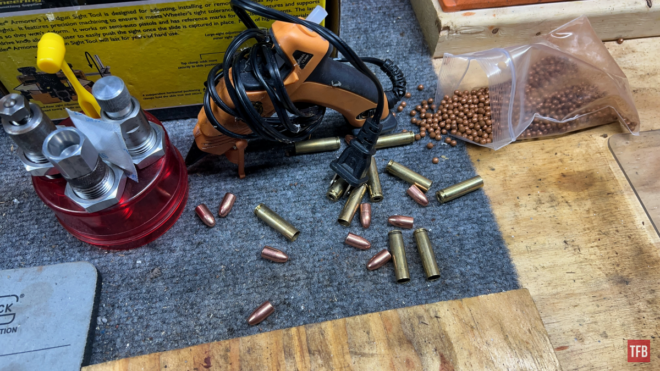Welcome everyone to the TFB Armorer’s Bench! As mentioned in the little blurb below, this series will focus on a lot of home armorer and gunsmith activities. In this article, I decided to add to my pile of dummy rounds and show you folks one way to make them. There are multiple ways and they all have pros and cons. I would not call this gunsmithing by any means but it’s gunsmithing adjacent. Sometimes testing a firearm with live ammunition is not possible or necessary. I have always found it convenient to have a safe quick way to test feeding and chambering. I find myself wishing I had more cartridge types but I’m at the point where I don’t feel like overpaying for a few mass-produced ones. That being said, let’s dive into my solution and how I make dummy rounds!
Tool Reading @ TFB:
- TFB Armorer’s Bench: New Tools I Saw at SHOT 2024
- TFB Armorer’s Bench: Using an M1 Carbine Bolt Disassembly Tool
- TFB Armorer’s Bench: Using The Wheeler AR Receiver Lapping Tool
- TFB Armorer’s Bench: Closer Look – Wheeler AR Armorer’s Ultra Kit
- TFB Armorer’s Bench: Techniques and Types – Punches
TFB Armorer’s Bench: How I Make Dummy Rounds
Here, we at TFB hope to inform, entertain, and even inspire any would-be gunsmith or armorer out there. Ideally, with the information I provide and with the help of our sponsors, you can have some useful knowledge pertaining to the conservation and improvement of firearms technology while at the same time sharing experiences and teaching each other new tips and tricks along the way in the comments. Digging deep into what it is to be an armorer or gunsmith has significance but what is important is what those people do to show they’ve earned that title. I am happy to share my experiences and knowledge and hope it is informative!
Make your personal safety a priority:
- Practice proper gun safety. Always make sure before the firearm hits your bench that it is unloaded and safe to be handled.
- Wear the proper safety equipment. The main one would be safety glasses (decent ones) since parts are often under spring tension and you may work with high RPM tools. Other honorable mentions would be latex gloves or a respirator when working with potentially harmful solvents and oils. Also hearing protection when working with loud machinery or test-firing firearms.
- Modifications, alterations, and customizations will void your firearm’s warranty 9.5 times out of 10. Please take that into consideration before attempting any at-home gunsmithing.
- If you are unsure about proper safety practices, disassembly procedures, or warranty standards, stop, put down the tools, and consult a competent gunsmith.
Opening Warning: How I Make Dummy Rounds
As a bit of an opening warning, I should mention that my method requires some basic reloading equipment and expertise. I use real shell casings as well as real projectiles. My brass is tumbled, so it is shiny and newer looking, and the primers are punched out. The cases are sized flared and ready to accept bullets. I won’t go over that process since, as I mentioned, it’s pretty basic reloading know-how. You would need a reloading press as well as dies that are for your chosen cartridge.
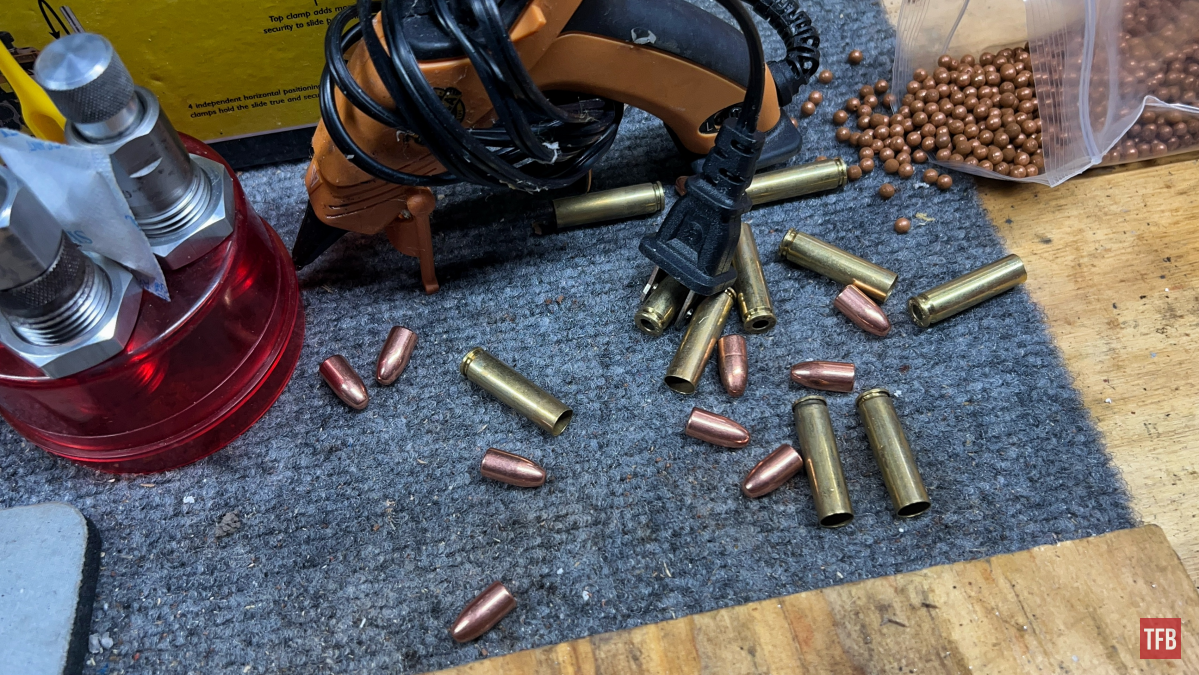
Materials: How I Make Dummy Rounds
In the past, I had bought a bunch of affordable oddball dummy rounds from a website called 3darsenal but to my knowledge, it no longer exists. They provided dozens of affordable decent quality 3d printed dummy rounds. Dummy rounds can be 3d printed but dimensions aren’t always ideal and rims are often fragile and prone to breakage over time. This is why I prefer to use the real stuff.
The materials that I use for making dummy rounds are as follows:
- Casings
- Bullets
- .177 BBs
- Glue from a hot glue gun
- Razor
How I Make Dummy Rounds
The process is simple. Size and de-prime the cases, flare them, and add one or a few BBs (depending on the size of your cartridge). 30 Carbine only needed one BB. After this, you load a bullet in like you normally would when reloading.
The BB is one way of indicating this is a dummy round besides the lack of a primer. There are all sorts of ways of indicating that this is a dummy round. You can color the rear end where the primer goes with a sharpie or paint. You can drill a hole through the side of the case so you can see all the way through it. Or like I did, put a BB in it so it rattles. This obviously is not entirely necessary, but it’s something for my own peace of mind.
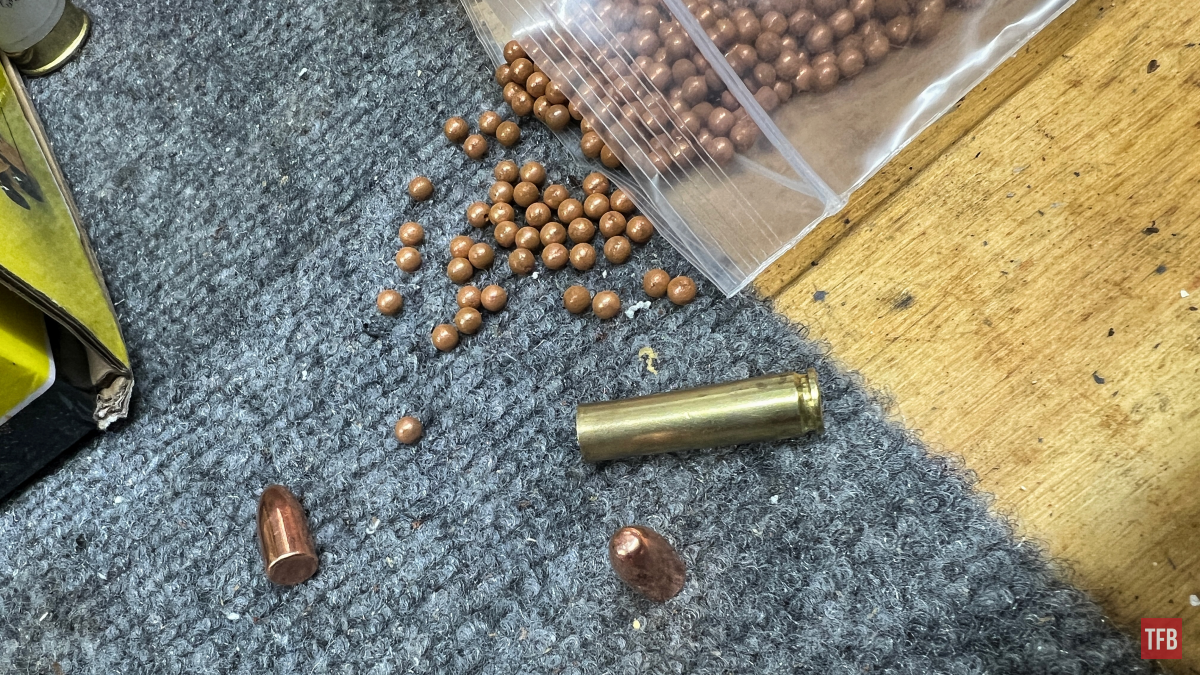
Now, we can’t forget about the primer pocket. We can argue all day on whether or not dry firing harms a firearm. I personally take the stance that it is entirely situational and dependent on a particular firearm.
Most centerfire firearms will not take any damage from dry firing simply because their firing pin is punching into thin air and often being slowed down and returned rearward. Yes, some firing pins may take damage if they do not contact or be stopped by a primer, but rather are stopped by an internal wall on a bolt. As I said, it is situational and dependent on the firearm. One big no-go will always be rimfire firearms. There are exceptions, although very few. Rimfire firing pins are square-shaped and can contact the mouth of the chamber.

For centerfire cartridges, this is where the hot glue from the hot glue gun comes in. All I do is place the cartridge facing down and pump the primer pocket full of hot glue, leaving a large cap above the rear of the case. Then I set it aside and let it cool.

After it cools, I take a razor and I shave it flush. Sometimes an air bubble gets trapped because the glue is leaking into the cartridge. All you need to do is just glue it again.

Air pocket on the right.
NOTE: One important thing to pay attention to is that if someone were to follow a similar method of making dummy rounds, it is highly recommended you seat and crimp your bullets correctly. A bullet left loose could potentially be lodged in the barrel and become a squib. If unnoticed the results of putting a live round behind it would be catastrophic.
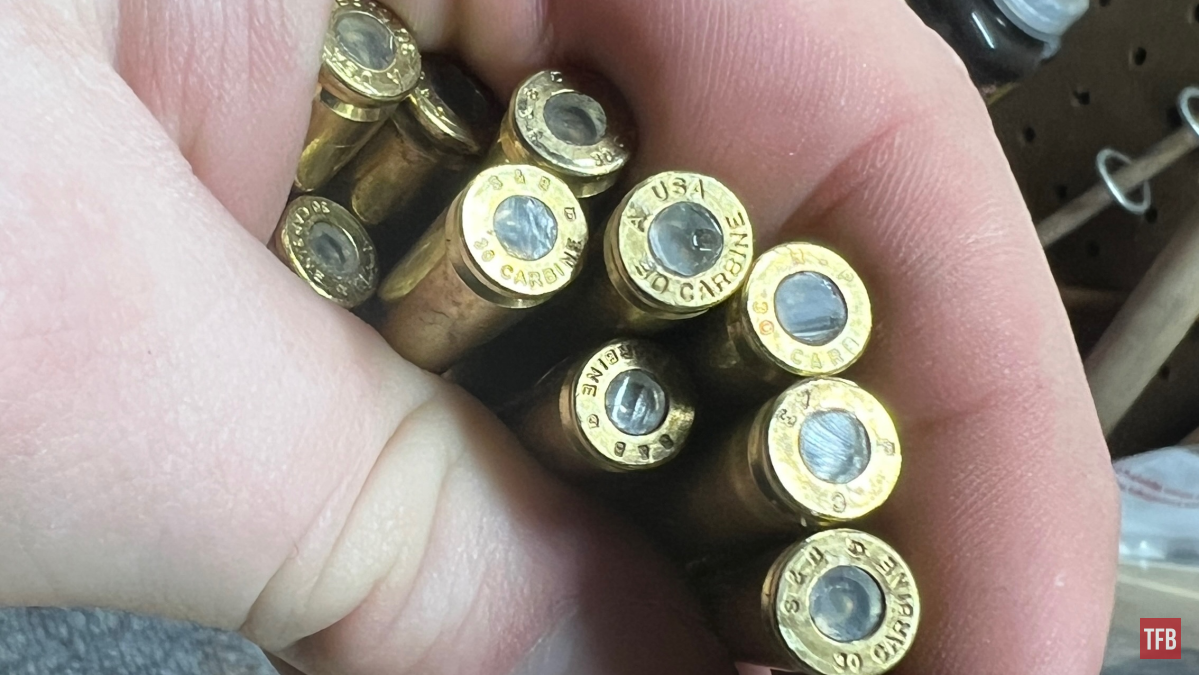
The hot glue provides a soft cushion for a firing pin and simulates similar forces as a primer.
Final Thoughts: How I Make Dummy Rounds
There you have it, one way to make your own dummy rounds at home. Be mindful of safety precautions and proper techniques to ensure you’re working prudently. With some inexpensive materials and basic reloading gear, you can produce dummy rounds tailored to your needs.
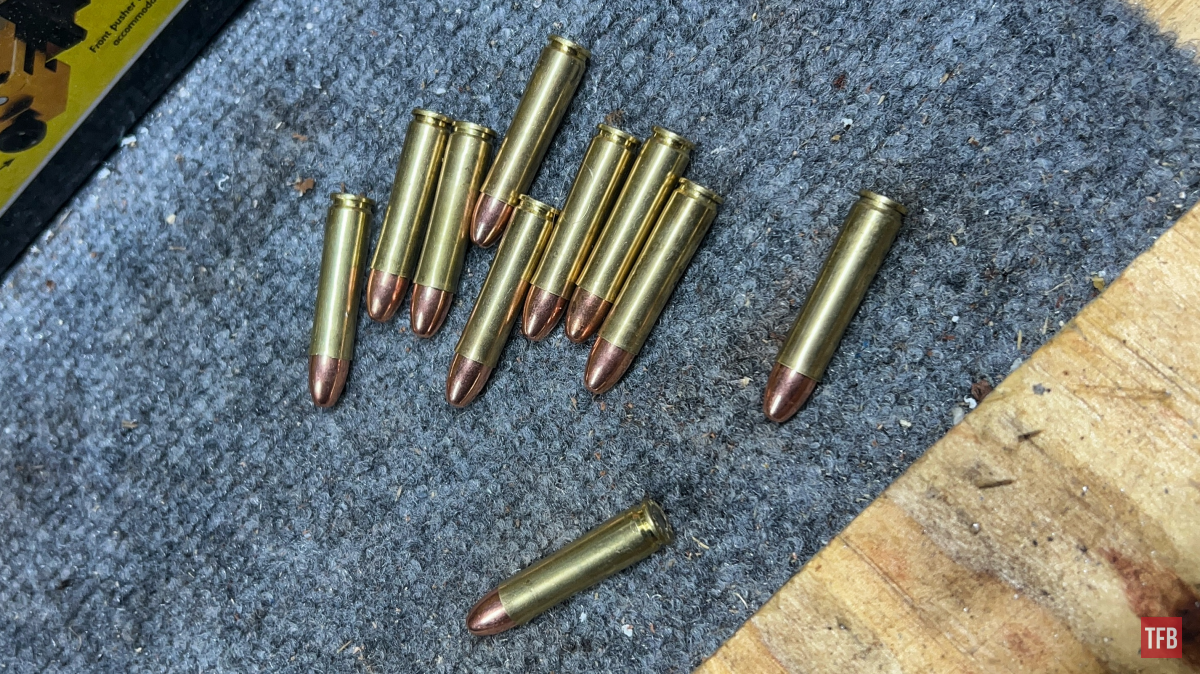
As always, thank you for reading TFB! Be safe out there, have fun while shooting, and we will see you next time for the TFB Armorer’s Bench! Also, let us know what you think in the comments below! We always appreciate your feedback.
 Your Privacy Choices
Your Privacy Choices
